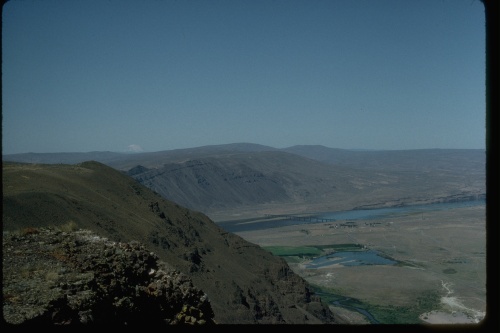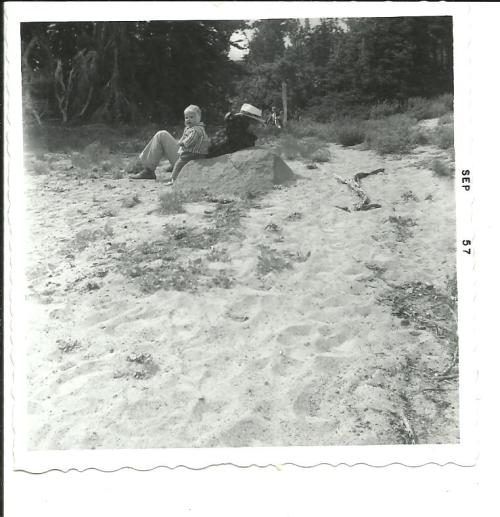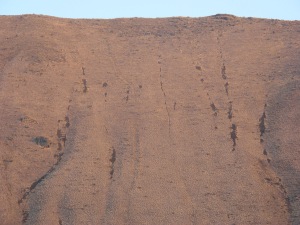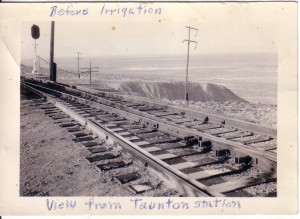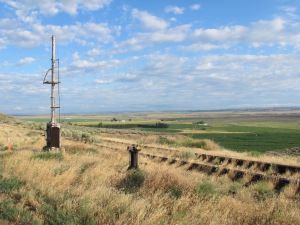
This portrait of Wild Goose Bill was published in the Spokane Chronicle in 1934 and was based on an image discovered in the offices of Wilbur’s local paper.
On the 25th of January, 1895, two men rode a freight wagon along a frozen road leading out of the town of Wilbur. The heavy wheels smashed through frozen puddles and left deep ruts in three feet of snow. Clouds of steam ghosted behind the men and the horse, suspended in the still air. A ceiling of oyster-colored cloud sealed the sky, stained by the weak glow of a sun powerless to penetrate. Few words were uttered, and the men’s faces were set in anger or determination.
It was age pursuing youth that led to this moment, a timeless theme played out this time in the fading days of the American west. One man was realizing that the days ahead featured nothing but old age, that the world no longer saw him as strong and powerful. His dreams of a young wife had been shattered. His days of legend were behind him. On this day the final act of his legendary life was to be played out.
Samuel Wilbur Condit was born in New Jersey, but followed the lure of gold to California. Even as a teenager he was smart enough to recognize that the real money in a gold rush would be found in supplying miners with the goods they needed. Continue reading

